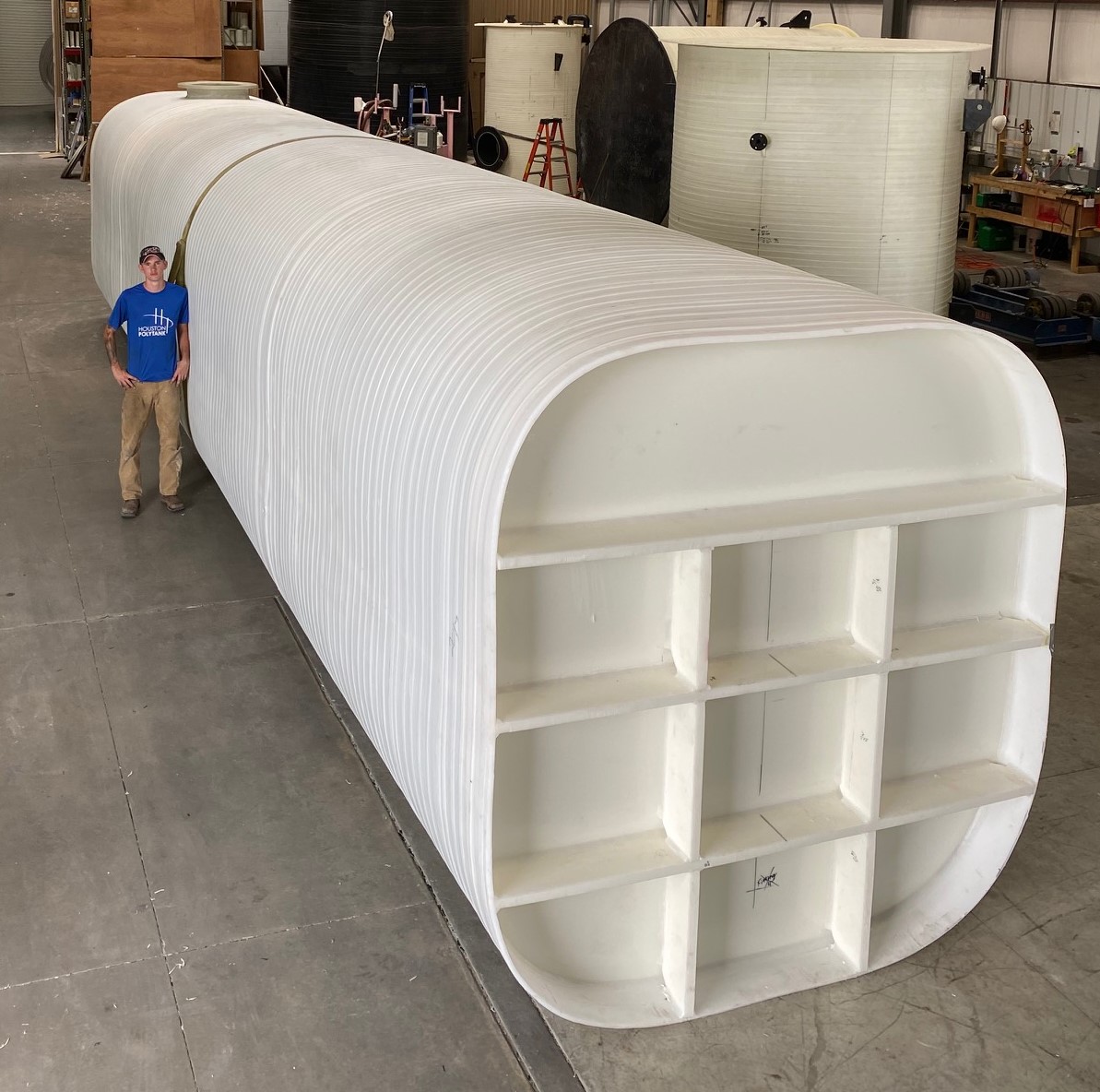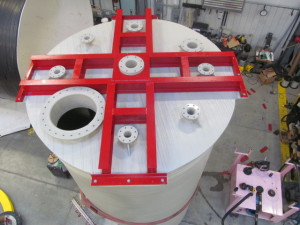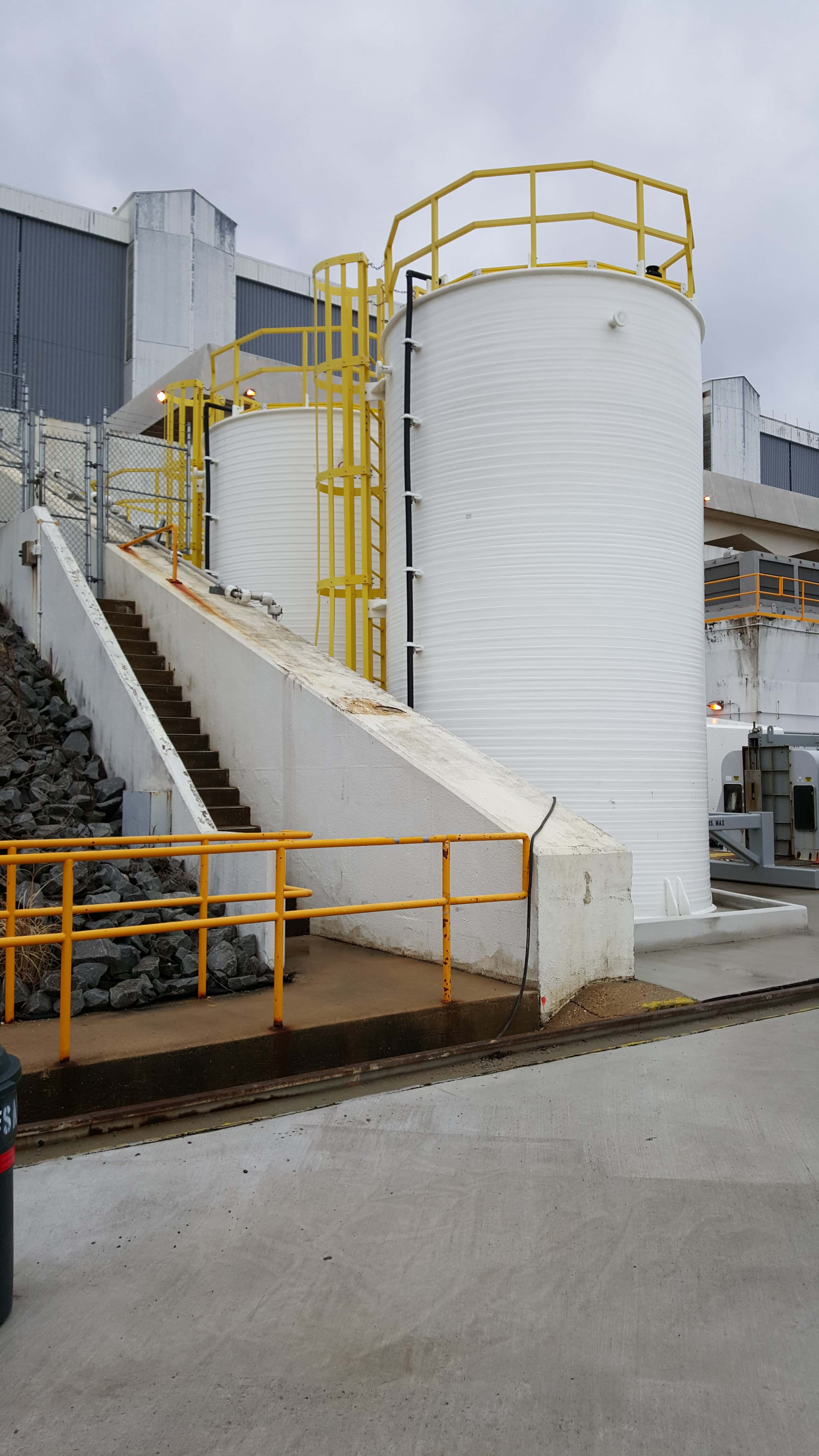Polypropylene Tanks — Built for Heat, Built for Aggressive Duty
When heat and chemistry push HDPE and XLPE past their limits, Liberty CES specs polypropylene. Walls up to 3.5”, service temps to 200 °F, and immunity to the nastiest acids and caustics.
Talk to James — Get the Right Tank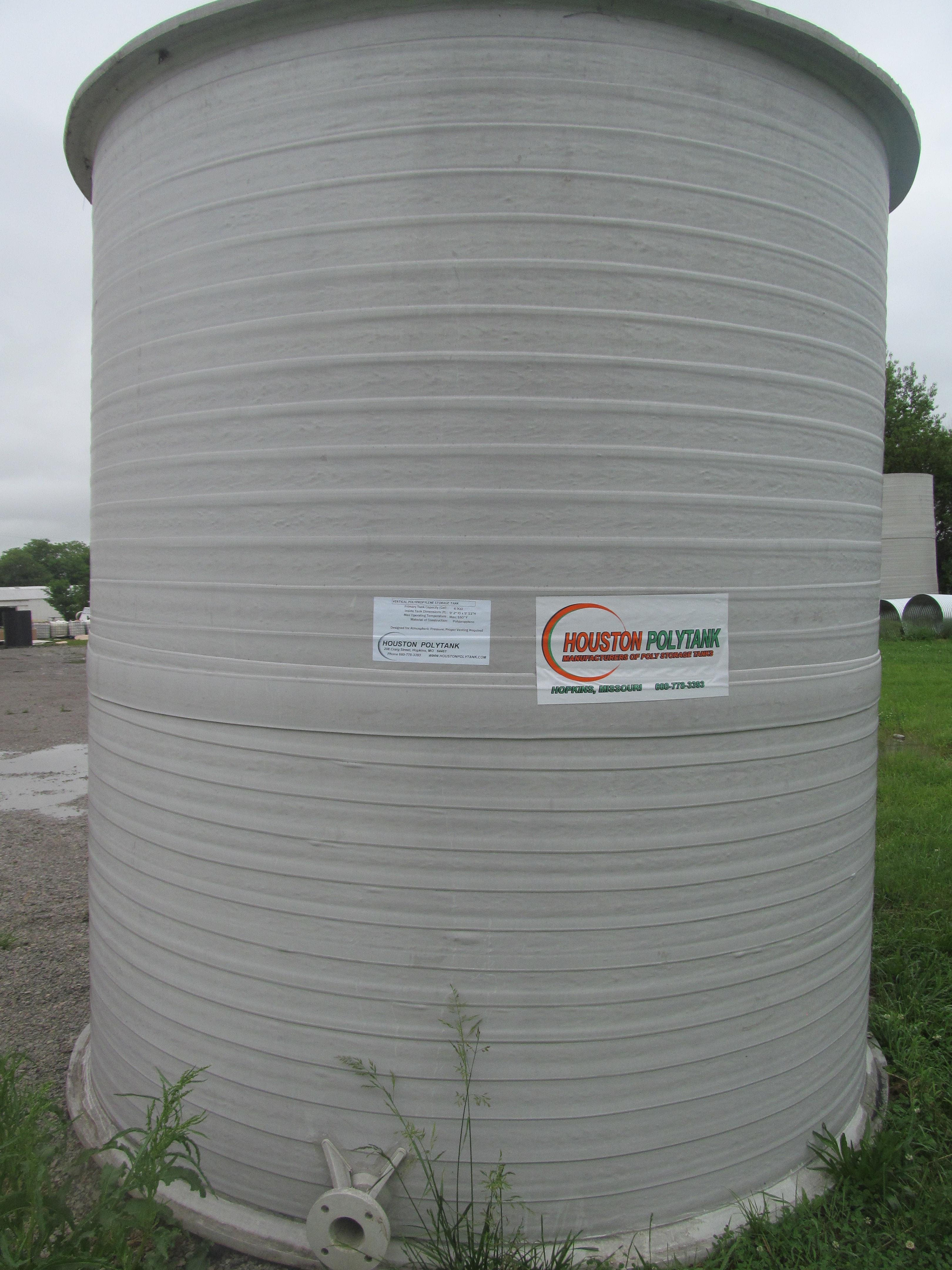
The Case for Polypropylene
- High-temp performance: service up to 200 °F water / 180 °F chemicals.
- Chemical immunity: resists pH 0–14, acids, alkalis, leachates.
- Wall thickness: extrusion-wound up to 3.5”.
- Longevity: outlasts steel/fiberglass by decades; weldable/repairable.
Design Options — Spec’d to Your Application
Cylindrical or rectangular, open or closed, cone or flat bottoms — Liberty builds PP tanks your way. Add mixers, ladders, manways, heaters, and handrails for a complete system that won’t fail where you need it most.



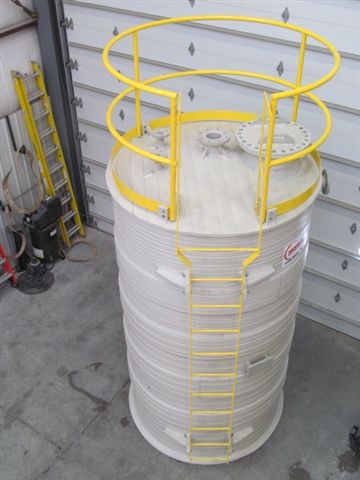
Heat Band Chart — HDPE vs XLPE vs PP
HDPE: safe to ~120 °F (potable water, farm chem).
XLPE: safe to ~150 °F (oxidizers, sulfuric at ambient).
Polypropylene: safe to ~200 °F water / 180 °F chemicals.
When heat rises, PP survives.
Longevity Curve — Tank Life Expectancy
- Steel: 5–10 yrs, repaint & reline every cycle.
- Stainless: 10–20 yrs, chloride stress cracking risk.
- FRP: 7–15 yrs, resin blistering, delam, hard to repair.
- Roto HDPE/XLPE: 7–15 yrs, elephant’s foot, UV aging.
- Extrusion PP: 20–30+ yrs, weldable/repairable, 3.5” walls.
Buy once vs buy twice: polypropylene stretches the curve beyond 25 years.
The Liberty CES Advantage
- Failure-proof by design: every spec reverse-engineered from fines, shutdowns, compliance risks.
- Invisible risk transfer: EPA fines, OSHA issues, unplanned changeouts — shifted off your shoulders.
- James’ guarantee: when he signs off, it’s because hidden costs are already neutralized.

